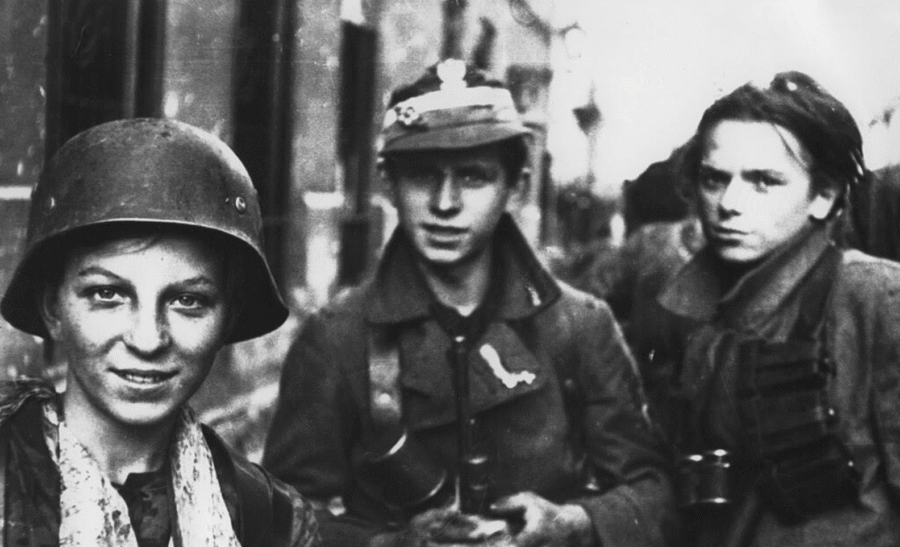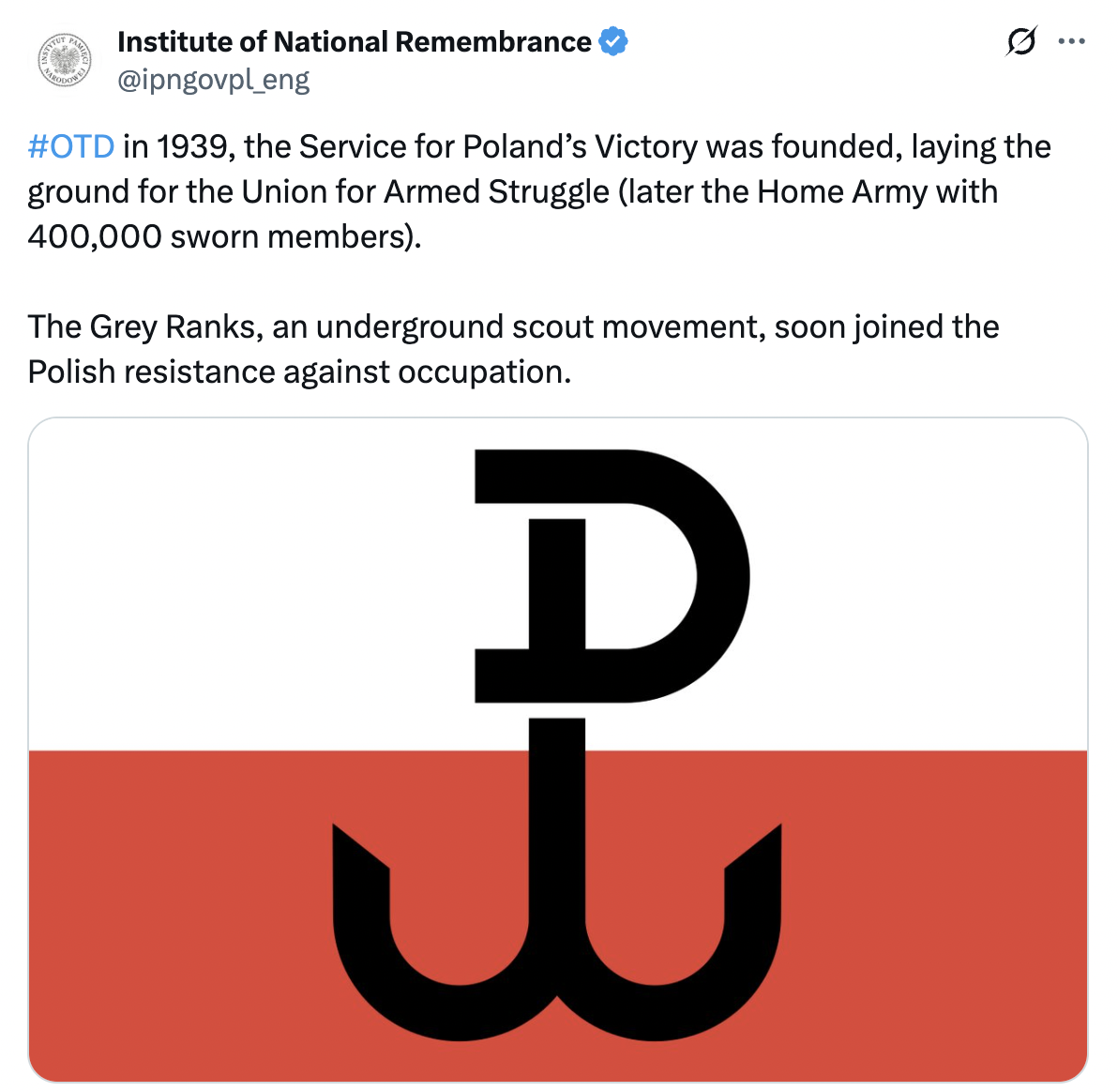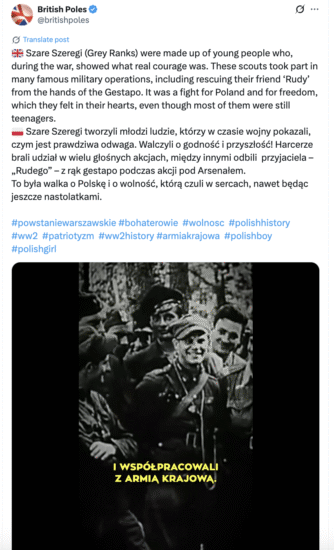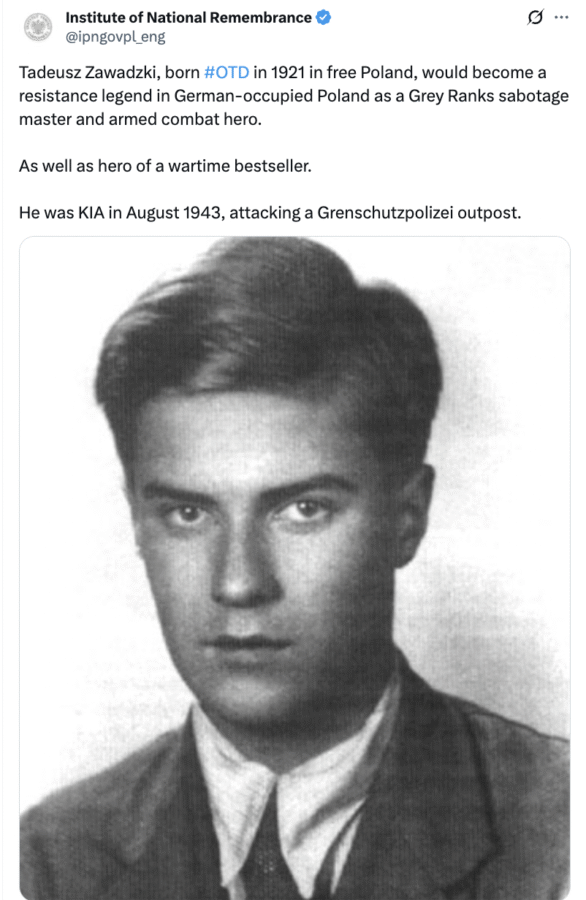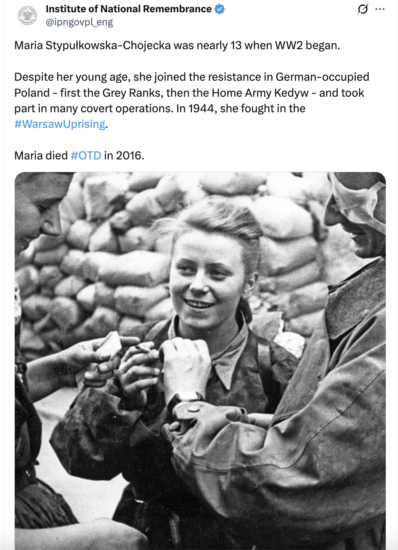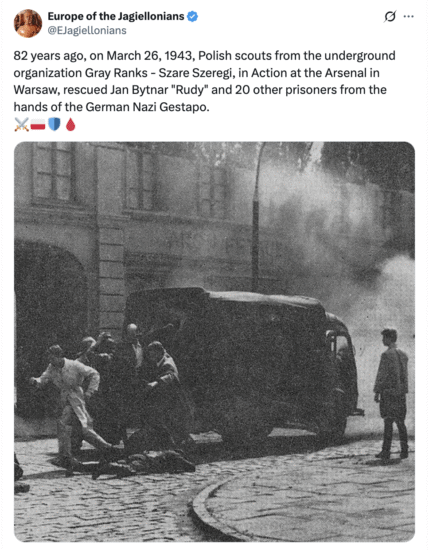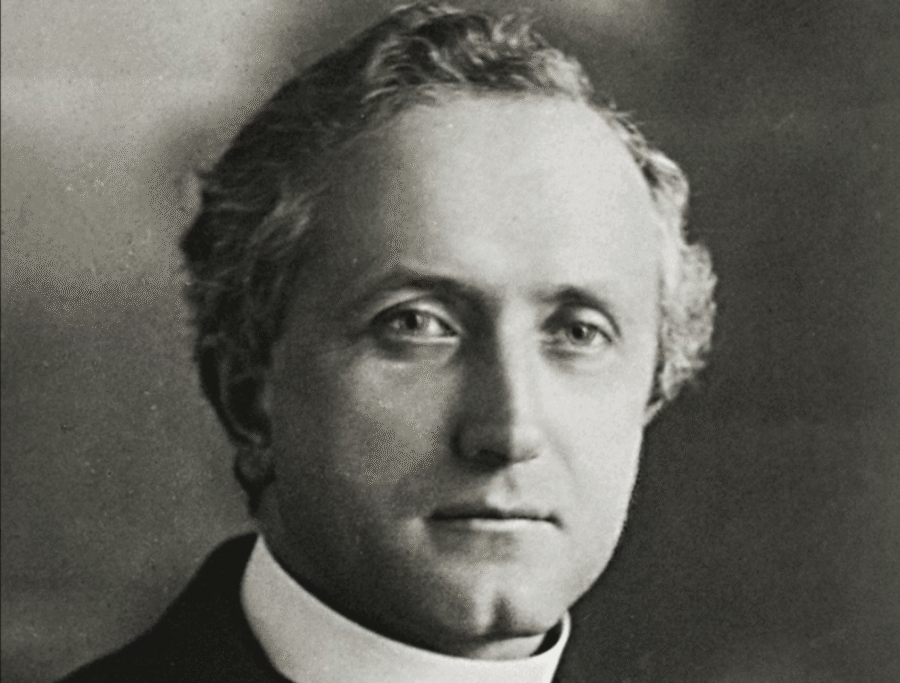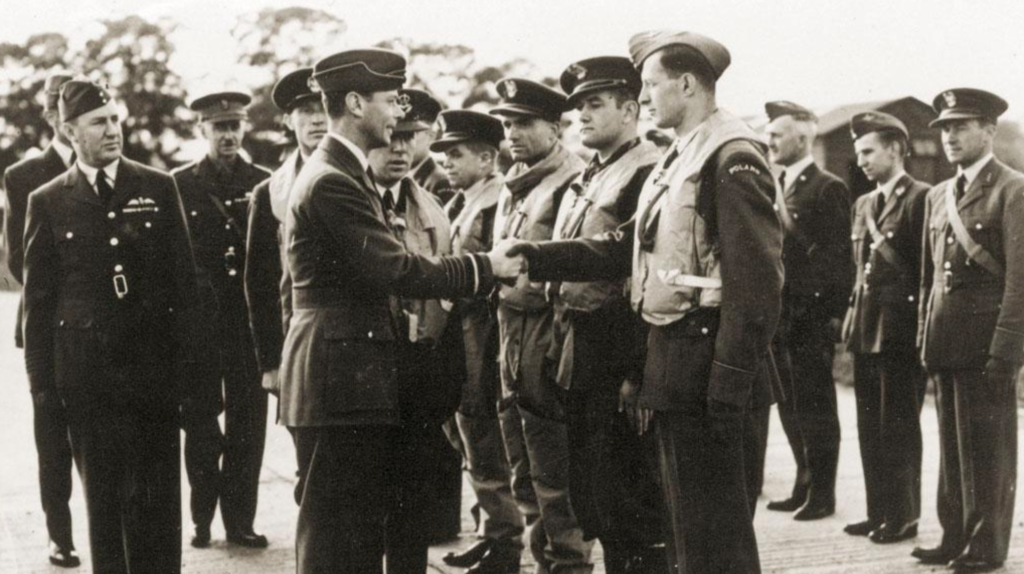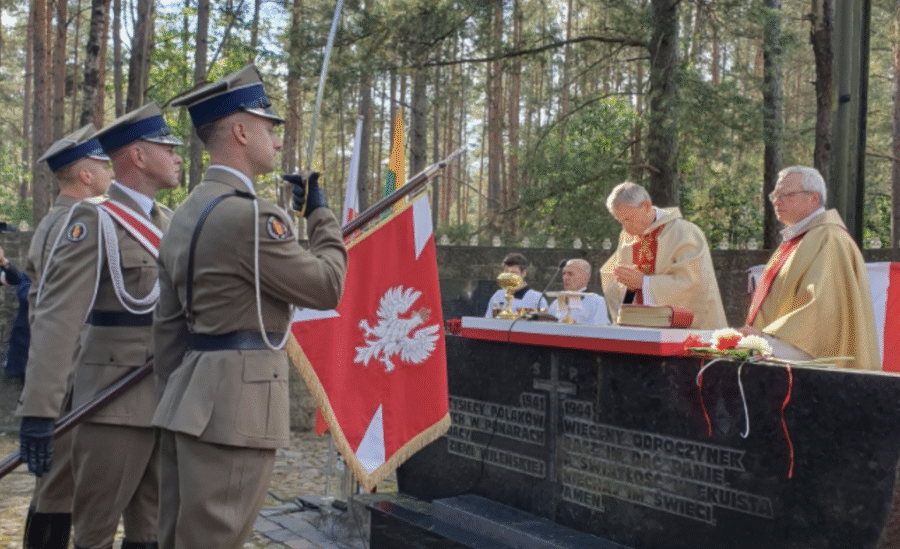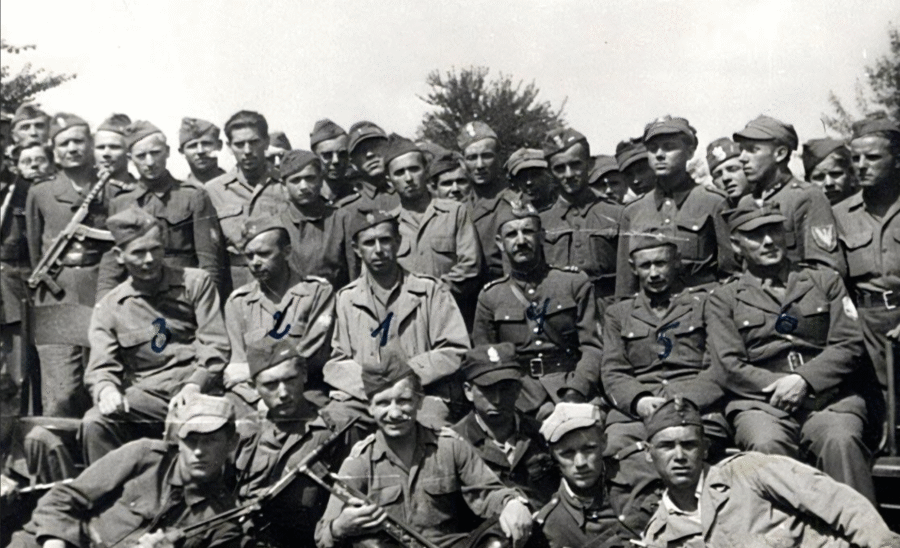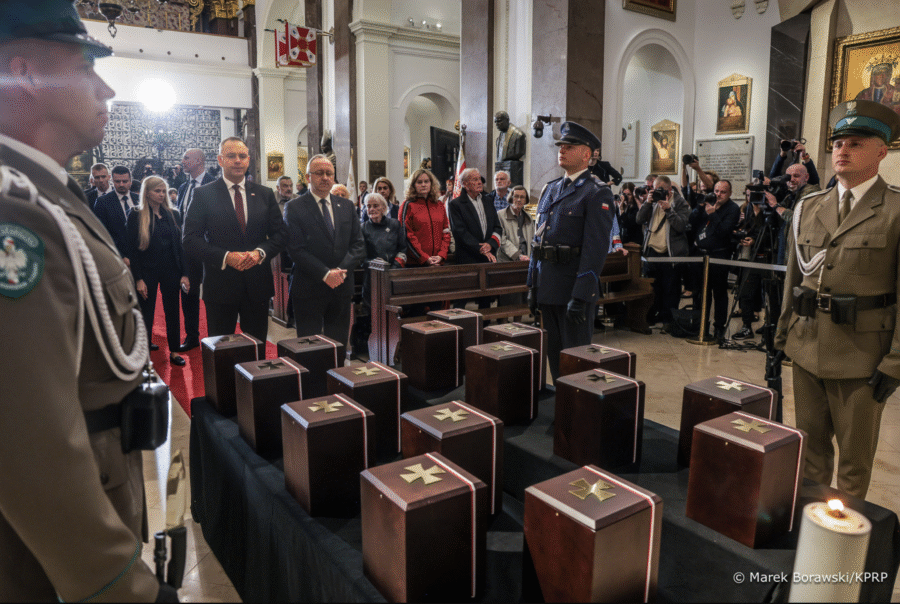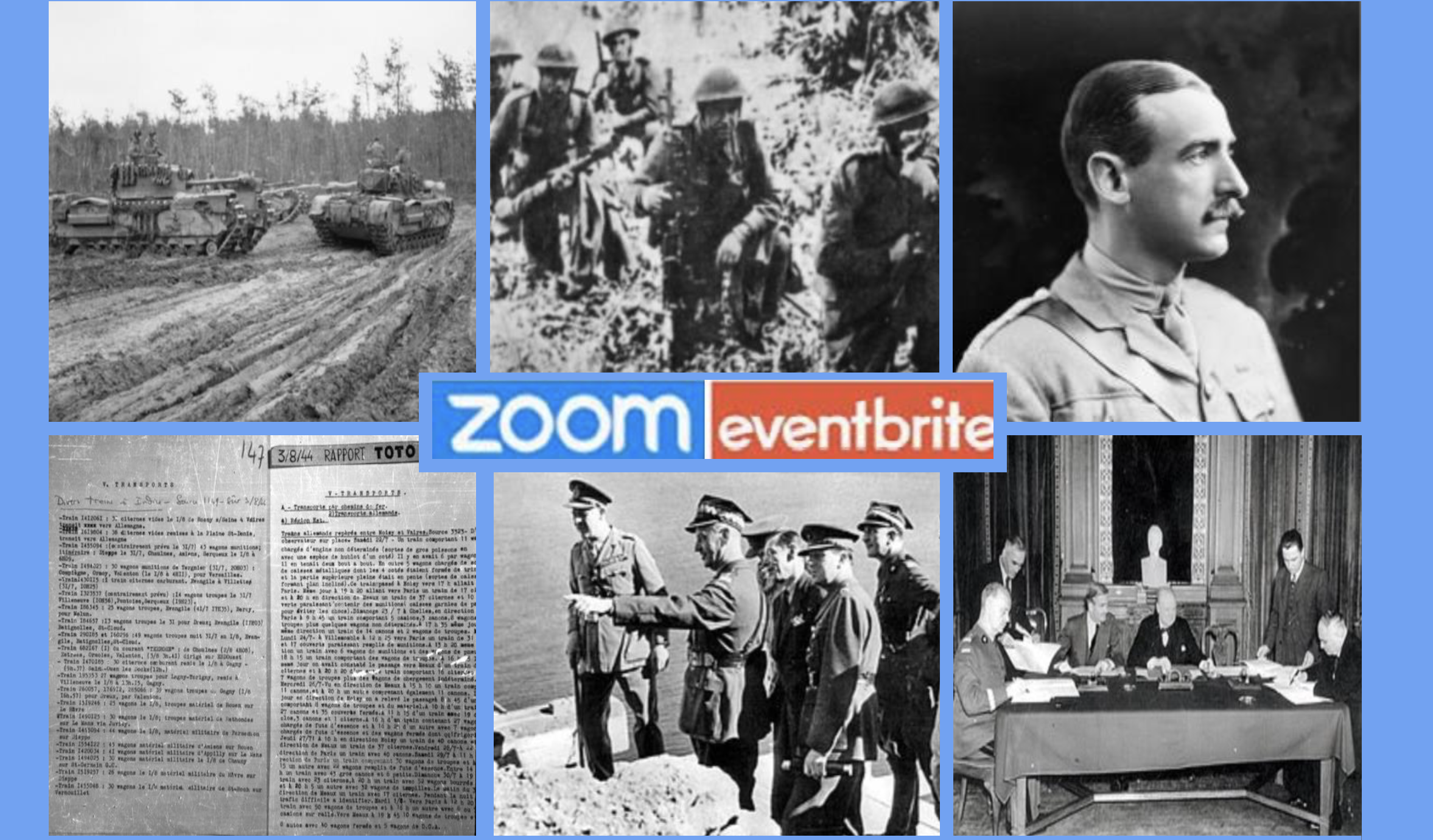The Szare Szeregi or Grey Ranks was the wartime codename for the Polish Scouting and Guiding Association, which went underground on 27 September 1939, just weeks after the German invasion. It became the largest youth resistance organisation in occupied Europe, with more than 15,000 members by mid-1944, nearly half of whom were young women.
Leadership of the clandestine movement fell to the Scouting Headquarters, first under Father Jan Mauersberger until he died in 1942, and later under Dr Tadeusz Kupczyński. Within the structure, the boys’ and girls’ branches functioned independently. Originally, the name Szare Szeregi referred only to the male scouts. Their central command, codenamed Pasieka (“the Apiary”), was led by Florian Marciniak (“Nowak”), Stanisław Broniewski (“Orsza”) and Leon Marszałek (“Jan”).
To adapt to the reality of occupation, the organisation reshaped its units with new codenames: banners became “hives”, troops “swarms”, patrols “families”, and sections “bees”. Its programme was summed up in three words: Today – Tomorrow – The Day After.
Today meant clandestine activity; Tomorrow signified armed struggle; The Day After stood for building a free Poland.
At first, only those over 17 years old were accepted into the organisation, but growing demand led to wider recruitment. By late 1942, the Grey Ranks were reorganised into three age groups.
Zawisza Group (12–14 years, with their name derived from the famous Polish knight Zawisza Czarny): the youngest members trained in first aid and communications. They did not fight but served as messengers and couriers.
Combat Schools (15–17 years): these teenagers received military training and served in reconnaissance, communications and intelligence. They were heavily involved in “Wawer”, the famous campaign of small-scale sabotage and propaganda.
Assault Groups (18+): the oldest members carried out sabotage and diversion operations, operating as part of the Home Army’s special forces unit – Kedyw.
The Assault Groups’ first mission was a railway sabotage near Kraśnik on New Year’s Eve 1942–43. From Warsaw units of this formation came the famed “Zośka” battalion, later renowned for its sabotage missions, prison breaks and assassinations of Nazi officials. One of its companies, known first as “Agat” and later “Pegaz”, was responsible for the assassination of Franz Kutschera, the SS and police chief of the Warsaw district.
In March 1943, the Grey Ranks carried out the legendary “Arsenal Action”, a daring assault in the heart of Warsaw that freed prisoners from Gestapo hands, including the scout leader Jan Bytnar, known as “Rudy”.
During the Warsaw Uprising in 1944, Grey Ranks battalions fought as part of the Home Army. The youngest – the Zawisza boys – served as couriers and made up much of the personnel of the insurgent postal service.
Alongside the male scouts operated the Girl Guides, who from 1940 worked under the name Clover Union and later Be Ready. They ran field hospitals, communications lines, relief for prisoners, aid for Jewish children, and engaged in sabotage and intelligence work.
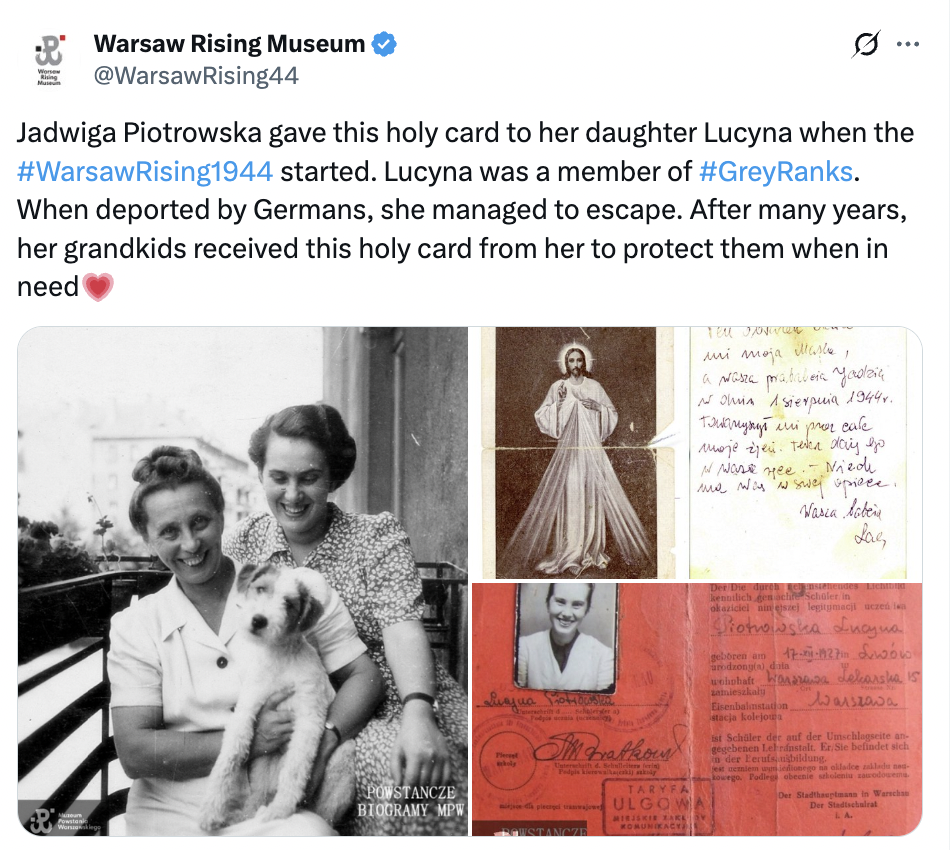
By 1944, the Grey Ranks stood as the largest youth resistance organisation in occupied Poland, with strong networks not only in Warsaw but also in cities like Kraków, Radom, Gdynia and across Silesia. Their operations ceased formally on 17 January 1945, as the Red Army entered Warsaw.
More than a scouting movement, the Grey Ranks embodied the determination of Polish youth to fight tyranny – with codewords, sabotage and unshakeable discipline – leaving a legacy of courage that remains one of the most remarkable chapters of wartime resistance in Europe.
Until today, the uniforms of the Girl Scouts of the Polish Scouting and Guiding Association are grey in memory of the Grey Ranks and the beautiful history of the WW2 youth resistance.
Source: Dzieje.pl. PAP
Photo: @ipngovpl_eng/X
Tomasz Modrzejewski


